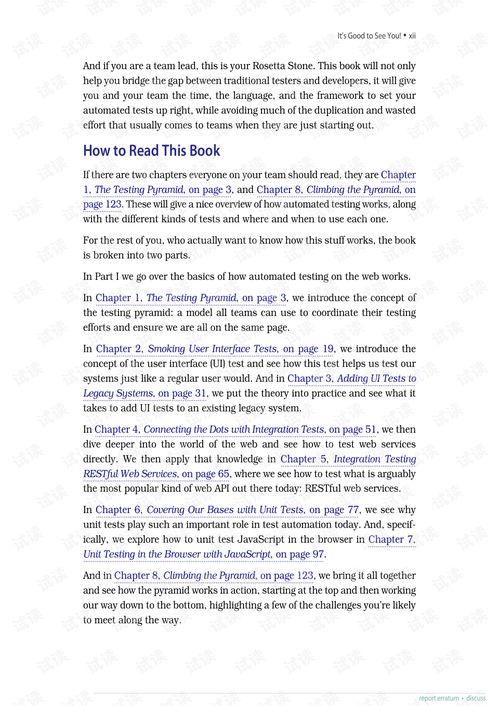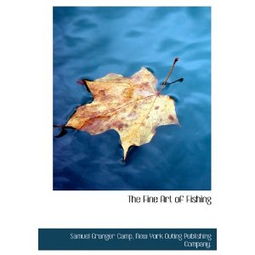Content:
Fishing, an ancient pastime that has stood the test of time, has evolved significantly with the introduction of various techniques and tools. Among these, the use of double hooks has gained popularity for its effectiveness in catching fish. However, achieving balance in double-hook fishing can be a challenging task. In this article, we will delve into the art of balanced double-hook fishing, providing you with valuable techniques and methods to enhance your fishing experience.
Balanced double-hook fishing refers to the technique of using two hooks that are evenly weighted and positioned to work together efficiently. This balance ensures that both hooks can attract and capture fish without interference, thereby increasing your chances of a successful catch. Here are some essential tips and methods to help you master this skill:
Choose the Right Hooks: Selecting the appropriate hooks is the first step towards achieving balance in double-hook fishing. Ensure that both hooks are of the same size and weight. This will help maintain a uniform distribution of weight and balance throughout the fishing setup.
1. Hook Size: The size of the hooks should be chosen based on the type of fish you are targeting. Larger hooks are suitable for bigger fish, while smaller hooks are ideal for smaller species.
2. Hook Weight: Hooks with similar weights will help in maintaining balance. Heavier hooks can pull the line down, while lighter hooks may cause the line to sag, leading to an unbalanced setup.
Proper Hook Spacing: The distance between the two hooks plays a crucial role in achieving balance. An appropriate spacing allows both hooks to work independently, increasing the chances of a successful catch.
1. Spacing for Different Species: The ideal spacing varies depending on the species of fish. For instance, larger fish may require a wider spacing to prevent them from getting tangled, whereas smaller fish may need a closer spacing to increase the chances of a bite.
2. Adjusting Spacing: Experiment with different spacing distances to find the most effective balance for your specific fishing conditions.
Balancing the Leader and Line: Balancing the leader and line is essential to maintain a well-balanced double-hook setup. This can be achieved by adjusting the lengths of the leader and the distance between the hooks.
1. Leader Length: A longer leader can provide a more natural presentation, allowing the bait to move more freely. However, a shorter leader can help in maintaining balance by reducing the weight of the line.
2. Adjusting Leader Length: Experiment with different leader lengths to find the most effective balance for your fishing setup.
Using the Right Bait: Choosing the right bait is crucial for balanced double-hook fishing. The bait should be able to move naturally and attract fish without causing the hooks to become unbalanced.
1. Live Bait vs. Artificial Lures: Live bait can be more effective in attracting fish, but it requires careful handling to maintain balance. Artificial lures can provide a more consistent presentation, but their effectiveness depends on the type of lure and the fishing conditions.

2. Balancing Bait Weight: Ensure that the weight of the bait is evenly distributed between the two hooks. This will help in maintaining balance and prevent the bait from sagging or becoming lopsided.
Monitoring the Setup: Regularly monitor your double-hook setup to ensure that it remains balanced throughout the fishing session.
1. Checking Hook Alignment: Make sure that both hooks are aligned and positioned correctly to prevent tangling and maintain balance.
2. Adjusting Leader and Line: If you notice that the setup is becoming unbalanced, adjust the leader and line lengths accordingly.
In conclusion, mastering the art of balanced double-hook fishing requires attention to detail and practice. By following these techniques and methods, you can enhance your fishing experience and increase your chances of a successful catch. Remember that each fishing situation is unique, so it's essential to adapt these tips to your specific needs and preferences. Happy fishing!












